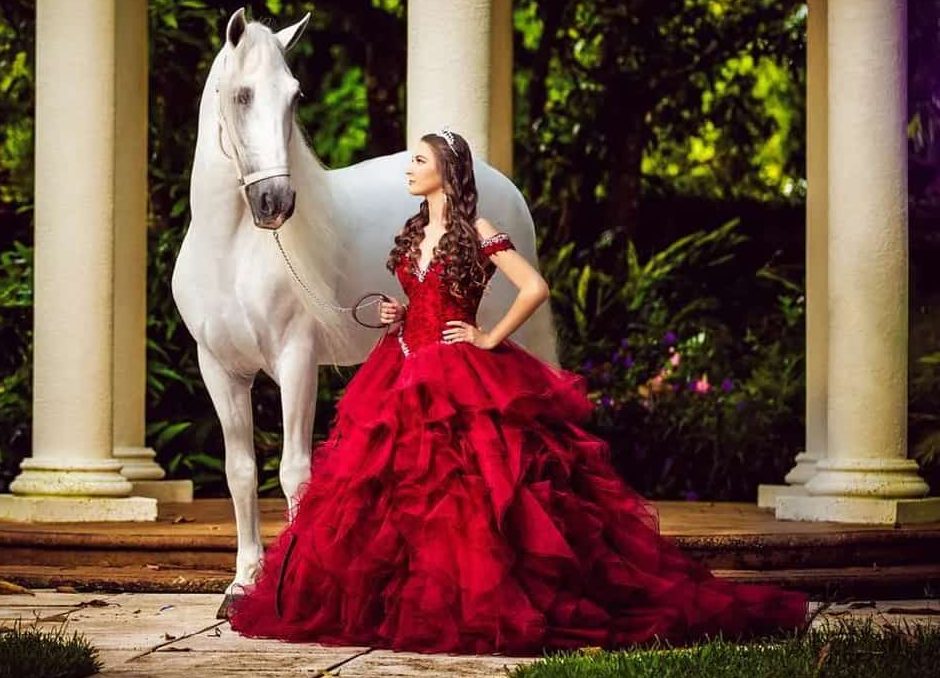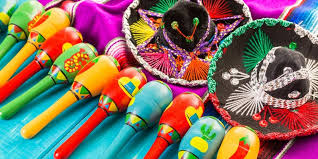The Quinceanera Tradition
I turned 15 nearly a year ago, but we still haven’t gotten around to doing the quinceanera celebration. Finally, we’re gonna celebrate it (before I turn 16). All the decor is bought, the venue reserved, catering and photographer booked, and most important, the dress is ready! It’s really exciting and everyone is so looking forward to it! While the party is the biggest part and takes the most prep, it’s really not the most important part. What is so special about a Mexican quinceanera? Why is it not just a regular 15th birthday like we have here in America? A Sweet 16 is sort of an American mimic of the quinceanera , but it lacks the history and symbolic value of this beautiful Mexican tradition. So here’s a peek at the tradition and rich history behind the quinceanera tradition.
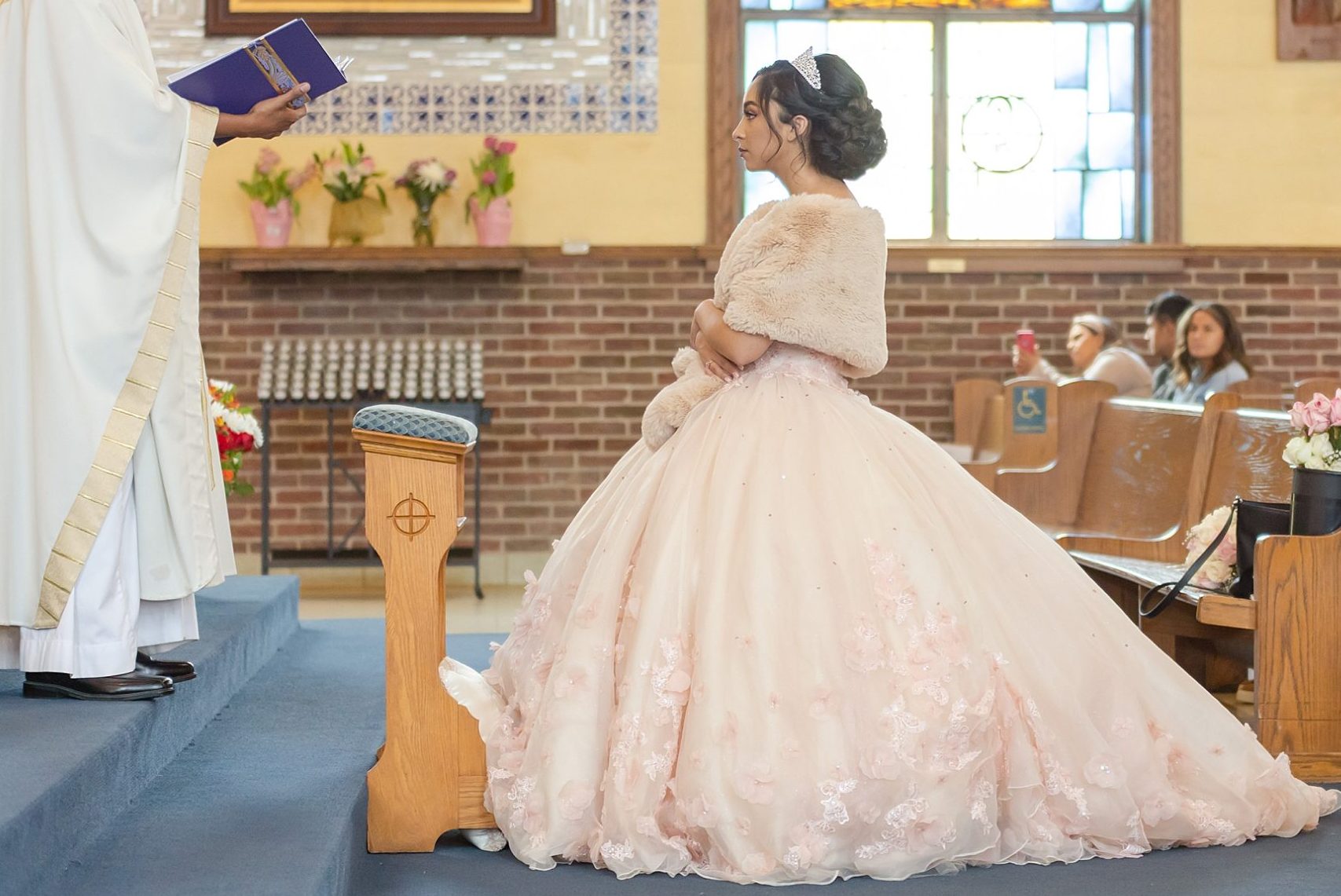
The Quinceanera Ceremony
The day begins with something very special – the quinceanera mass. The mass the most important part of the day, the core of the tradition and the reason it has survived through the years. Going with the mass is a special blessing for the quinceanera. She renews her baptismal promises, solidifying her commitment to the Catholic Faith and promising to respect and love God. A medal, rosary, and tiara are blessed and given to the girl.
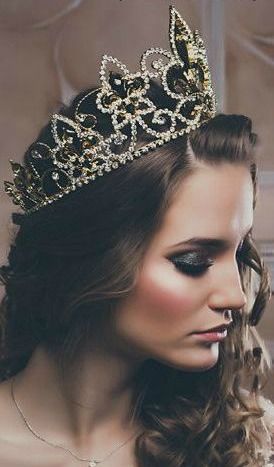
The party is to celebrate this transition to womanhood, but it was just an extra, though it has now become an indispensable part of the day. Following the mass, there is normally a photoshoot and later in the evening a reception with all the traditions incorporated.
The quinceanera also chooses a court for her special day. The court is made up of the quinceanera’s family and friends. They are her damas and chambelanes (the “bridesmaids” and “groomsmen” of the quince). She has a special chambelan called the chambelan de honor. He is her personal escort for the day, and dances the court dance as her partner.
To start the reception, there is a grand entrance with the whole court. The dad gives a toast to the quinceanera wishing her well on her entrance into womanhood. There are all the quinceanera traditions like the last doll, changing of shoes, symbolizing the transition from childhood to adulthood. Dinner follows, with a cake cutting ceremony afterwards. Later, there is the traditional waltz and then a surprise court dance, usually fun and interesting. Dancing follows late into the night.
So this is what our culture today celebrates today for a girl turning 15, but where did this tradition come from? Why is it so special and not just another birthday party?
The Origins of the Quinceanera Tradition
The tradition started in ancient Mesoamerican culture as early as 5th century BC. The Mayans and Aztecs didn’t celebrate with the huge dresses and fancy parties but they still had a quinceanera. In that culture, when a young girl reached a certain age, she was separated from the boys and taught to do all that was required of women in their society. After a certain amount of time learning the skills of a homemaker and other things women did, she underwent an initiation ceremony.
During this day, she offered sacrifices to the false gods of her people including the goddess Xochiquetzal, patroness of love, beauty and the arts. The young woman would also dance in front of the idols and preform rituals in her home and in public. The festive day was celebrated with much feasting and meaningful gifts for the future (for example a loom). She was introduced as a young lady and the tribe treated her like an adult. They also saw her as a woman ready for marriage.
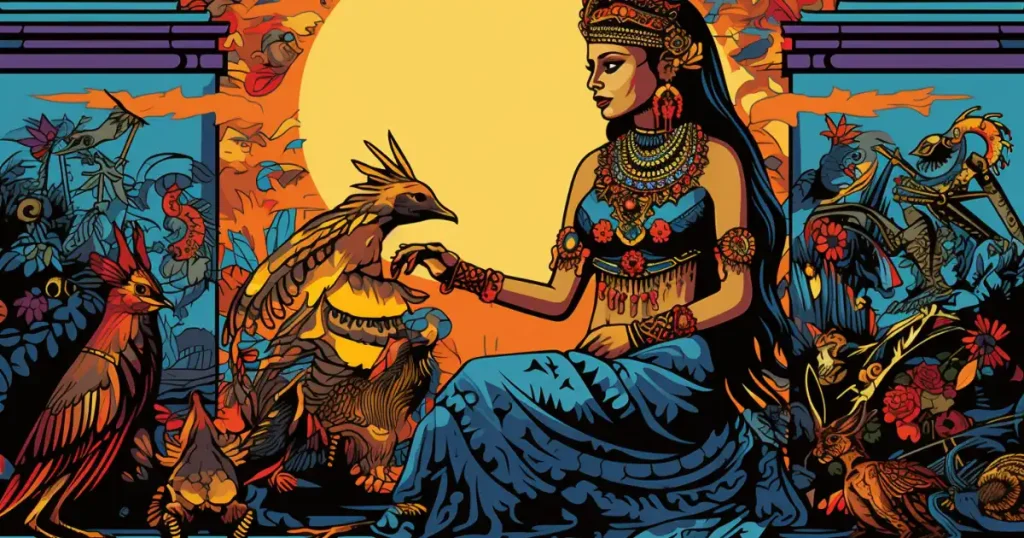
When the Spaniards took over central America, they adopted the tradition and made the mass an official part of the day. At this time (1500s), the quince celebration was also a “coming out” for the girl, to introduce her to society and as a prospective wife. Gradually it has evolved to include the well known quince traditions – the last doll, changing of shoes, waltz and of course the gorgeous dresses.
Gratitude for the Quinceanera Tradition
It’s pretty amazing that this quinceanera tradition has survived and flourished through over 2500 years. It also went through all the culture changes and wars of the New Age Exploration and the Mexican revolution. It just shows how important this is to the people that grew up with it and were taught to treasure it. They preserved it through thousands of years and embellished it, adding other traditions each special in itself. Thanks to their dedication and love, we can still celebrate quinceaneras today.
I hope this will help you appreciate the rich history and culture behind the ballgown and birthday bash. And to be grateful for the millions that have gone before you who have celebrated the same thing and made it what it is today. And even if you don’t, I hope it helps you appreciate the same thing and now you know a cool history fact!
So I am so excited for my quinceanera (despite all the stress)! Researching this topic has really enriched my love of and appreciation for this tradition.

